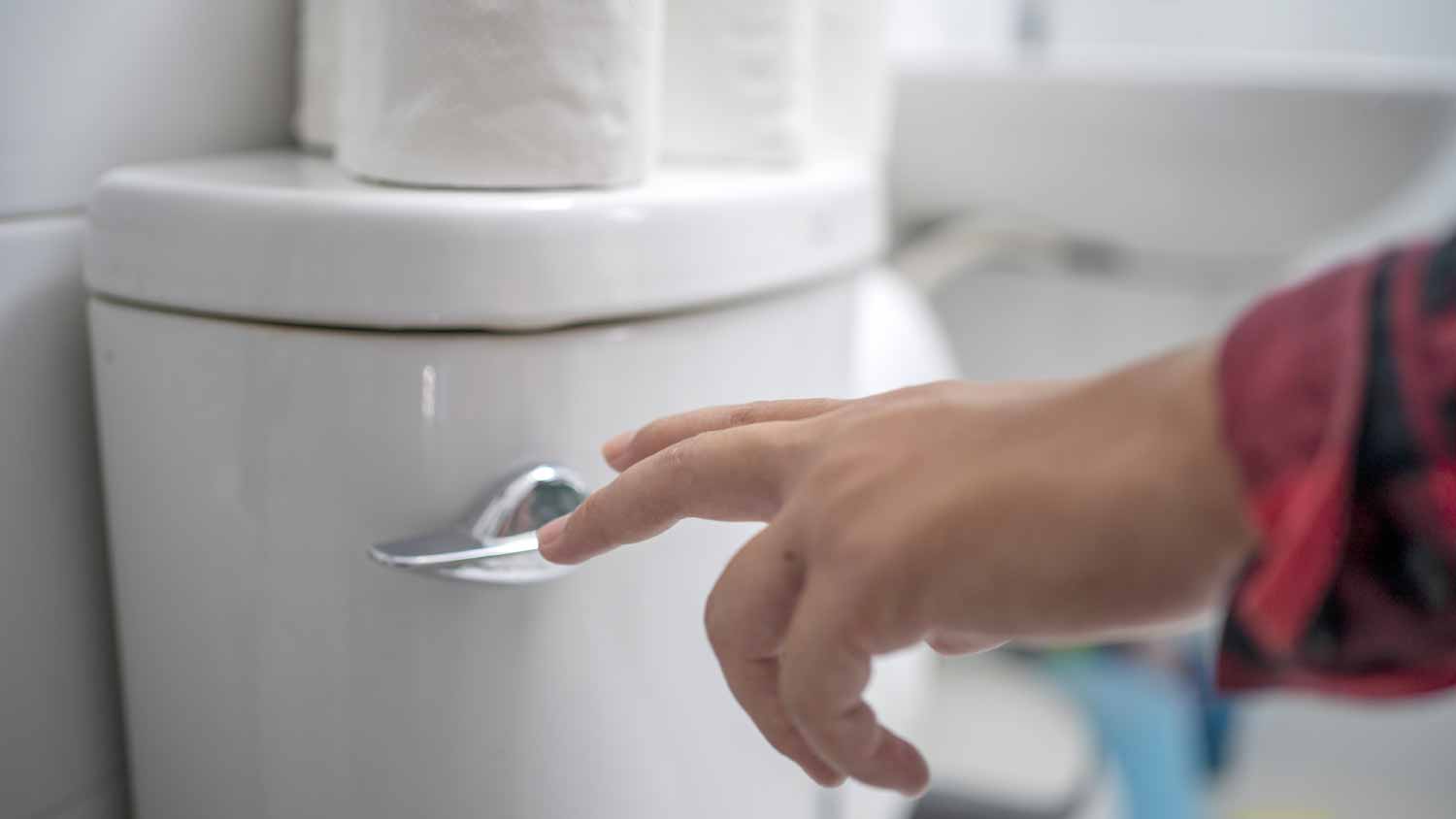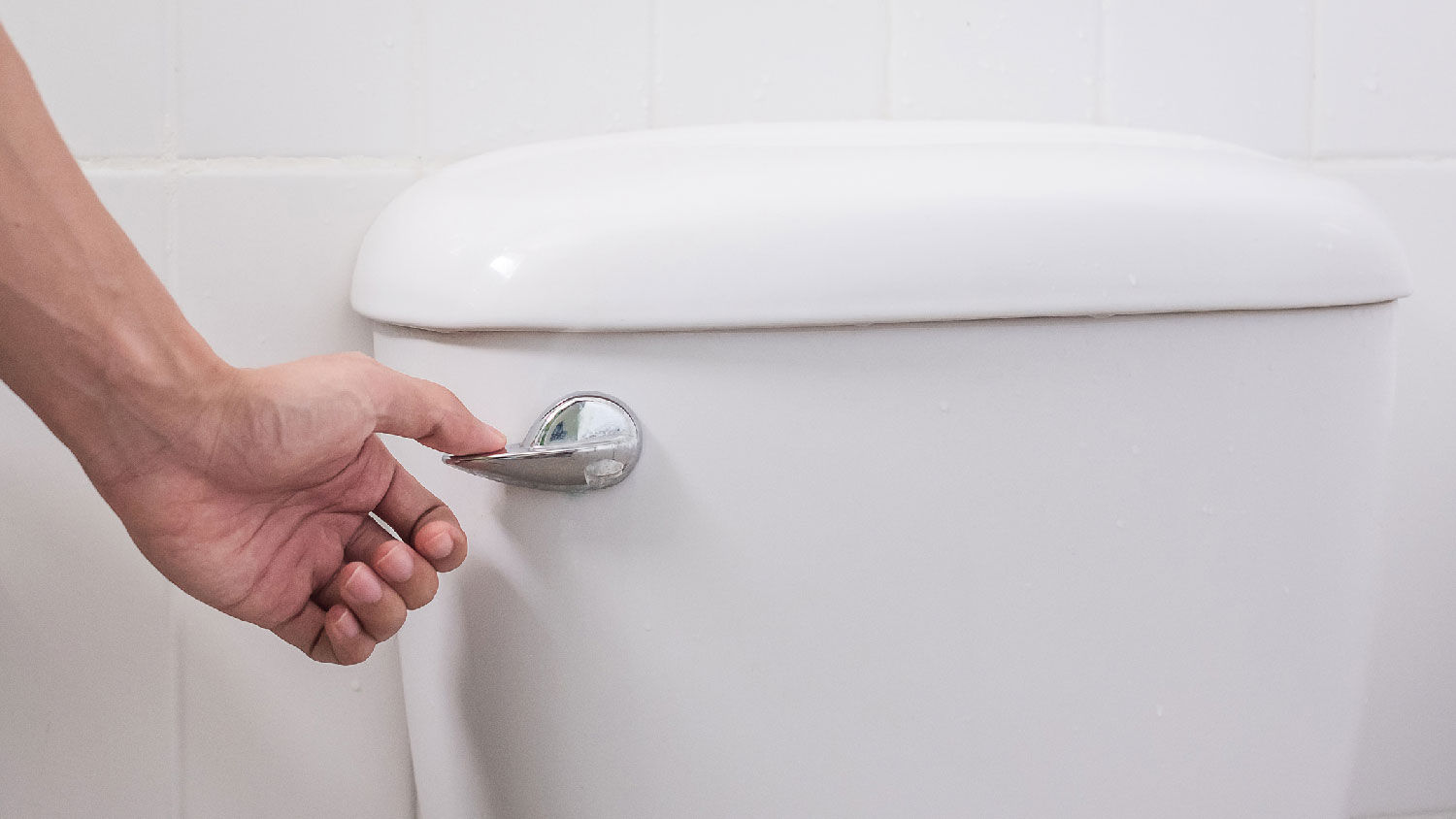
Need to know what sewer line replacement costs in Atlanta, GA? This guide will help you prepare to budget for sewer line replacement done by local contractors.
Keep waste in its place with a little care


If you don’t want to get caught sludging through your family’s muck, it’s critically important to keep up with vital cesspool maintenance tips. Many homes, particularly in rural areas, rely on cesspools and septic tanks for waste management. A well-maintained cesspool can serve your family well for years if you are diligent in following these preventative steps on a regular basis.

By the very nature of what a cesspool is and how it works, everything you run down your drains will end up there. If it flows down your kitchen sink or you flush it down the toilet, it’ll find its way to your cesspool or septic tank. Be mindful of what you send down there. Some substances and materials do not break down easily or may harm the beneficial bacteria in the cesspool well. This can cause clogs and other problems.
Some substances to avoid flushing down the drain include:
Household cleaning chemicals, especially those containing ammonia or antibacterial ingredients
Personal hygiene and paper products not designed to be flushed, like baby wipes and paper towels
Fats, oils, and grease from cooking and food preparation
Bone or vegetable matter, especially those containing fat
Coffee grounds
Powder laundry detergent (use a liquid detergent instead)
To prevent wastewater backups, be sure to clean your cesspool well on a regular basis. Excess waste material can cause clogs around the openings in your cesspool, preventing water from being able to flow freely. Two common methods for cesspool cleaning are aeration and hydro-jetting.
The process of cesspool aeration involves pouring sulfuric acid or a similar chemical into your well or tank. The acid dissolves and breaks down the sludge and solid waste, allowing air to pass through more freely. Sulfuric acid is corrosive, so it’s important to use it correctly to avoid damaging your wastewater system.
To avoid using chemicals, hydro-jetting is a viable option for cleaning your cesspool, too. This is similar to using a pressure washer when cleaning the side of your house or other surfaces. The high-pressure jet of water can help break up the solid waste in your cesspool to keep everything flowing normally.
Cesspool maintenance tips aren’t just about what to do, but also when you might need to do them. To check on the status of your cesspool, insert a dipping stick all the way to the bottom of your well or tank. The sludge level should be no more than about one-third the height of the cesspool. If it’s more than a third, it means the cesspool is getting too full.

When your cesspool gets too full, it’s time to call a professional waste removal company to pump it out. The average cost to pump a cesspool is $75 to $200. Generally, this should be done at least once every three to five years. If you notice other signs of cesspool problems, you may need to get your cesspool pumped earlier than that.
Signs it’s time to pump your cesspool include:
A continuous bad odor near your cesspool, more pronounced in warmer weather
Drains and toilets that are backing up, clogged, or slow to drain
Excess moisture or flooding on the ground above and around the cesspool
Especially healthy lawn in the area around the cesspool or septic tank
When you call in a company to pump your cesspool, book a general inspection at the same time. Most local septic tank repair companies are qualified to perform this inspection. They can make sure everything is functioning as it should and that nothing needs to be repaired or replaced. Annual inspections are recommended for systems that involve more mechanical components, electrical switches, and pumps.
Some of the best cesspool maintenance tips involve being mindful of your day-to-day habits. A great example is how your family uses water. When too much water is flushed into your cesspool, it can flood or overwhelm the system. The water needs time to drain, and the bacteria need time to break down the solid waste. Unfixed leaks can quickly fill up your cesspool, too.
There are many ways to get rid of a cesspool. But you probably don’t want to destroy it by accident. The underground cesspool system usually consists of a well made with bricks, concrete, or cement blocks. While these may be robust enough to contain wastewater, they may not be able to handle too much weight from above.
Do not drive or park any heavyweight vehicle above your cesspool well. This includes not just cars and trucks, but other vehicles like ATVs, boats, mobile homes, or farm vehicles. The extra weight can crush the walls or roof of the cesspool, releasing the raw sewage into the surrounding area. Tree roots can have a similarly damaging effect, so move trees away from your cesspool.

Whether you are building a brand new home or buying a house with a cesspool, it’s important to be mindful of how rainwater may affect your cesspool or septic tank: Water is still water. Just as if your family uses too much water, excess rainwater can overwhelm your cesspool system.
Direct downspouts, gutters, and other drainage systems away from your cesspool location. If you have a sump pump, be sure that it drains away from your cesspool, too. Make sure rainwater doesn’t naturally flow downhill into your cesspool either.
Whether cesspools are legal varies from county to county and state to state. And not all cesspools are made alike. Many cesspools are underground, but cesspool lagoons are above ground. Sunlight and oxygen decompose the waste that flows into these shallow lagoons.
To help maintain their integrity, protect cesspool lagoons with short, hardy plants. They can help to prevent erosion around the lagoon’s perimeter.
Other cesspool maintenance tips for lagoons include:
Dredge the lagoon with a backhoe periodically.
Remove any leaves or other debris that may prevent aeration.
If you notice a sapling growing, remove it while it is still small.
Mosquito dunks can prevent mosquitoes from hatching.
As you go about maintaining your cesspool, you might be thinking about how much it costs to convert a cesspool to a septic tank system. The upfront cost of septic tank installation can be several thousand dollars, but your family may be able to enjoy long-term savings. Septic tanks are more environmentally friendly, more efficient, and require less maintenance.
From average costs to expert advice, get all the answers you need to get your job done.

Need to know what sewer line replacement costs in Atlanta, GA? This guide will help you prepare to budget for sewer line replacement done by local contractors.

Need to know what sewer line replacement costs in Philadelphia, PA? This guide will help you prepare to budget for sewer line replacement done by local contractors.

Size, materials, and labor all determine the costs of an ejector pump replacement. Follow this guide to help you find the right ejector pump for your budget.

Knowing your septic tank’s location can help you clean and repair the system quicker. Learn five methods for how to find a septic tank lid with this guide.

Cleaning out clogged or dirty septic field lines is a quick job for a seasoned pro. Learn what makes up the total cost to clean septic field lines

Your lot might require an alternative septic system based on location and soil conditions. Learn all about alternative septic systems and their costs.